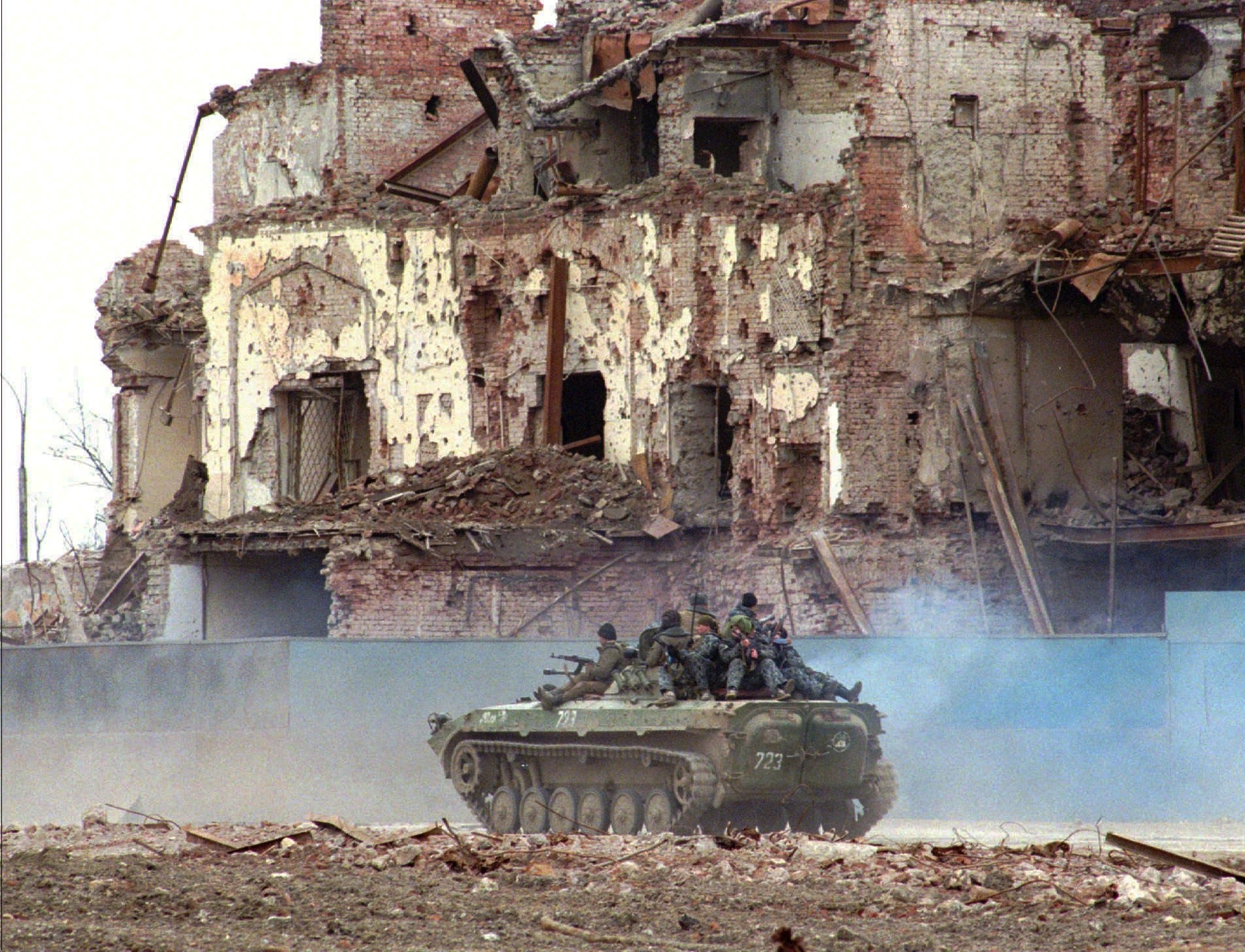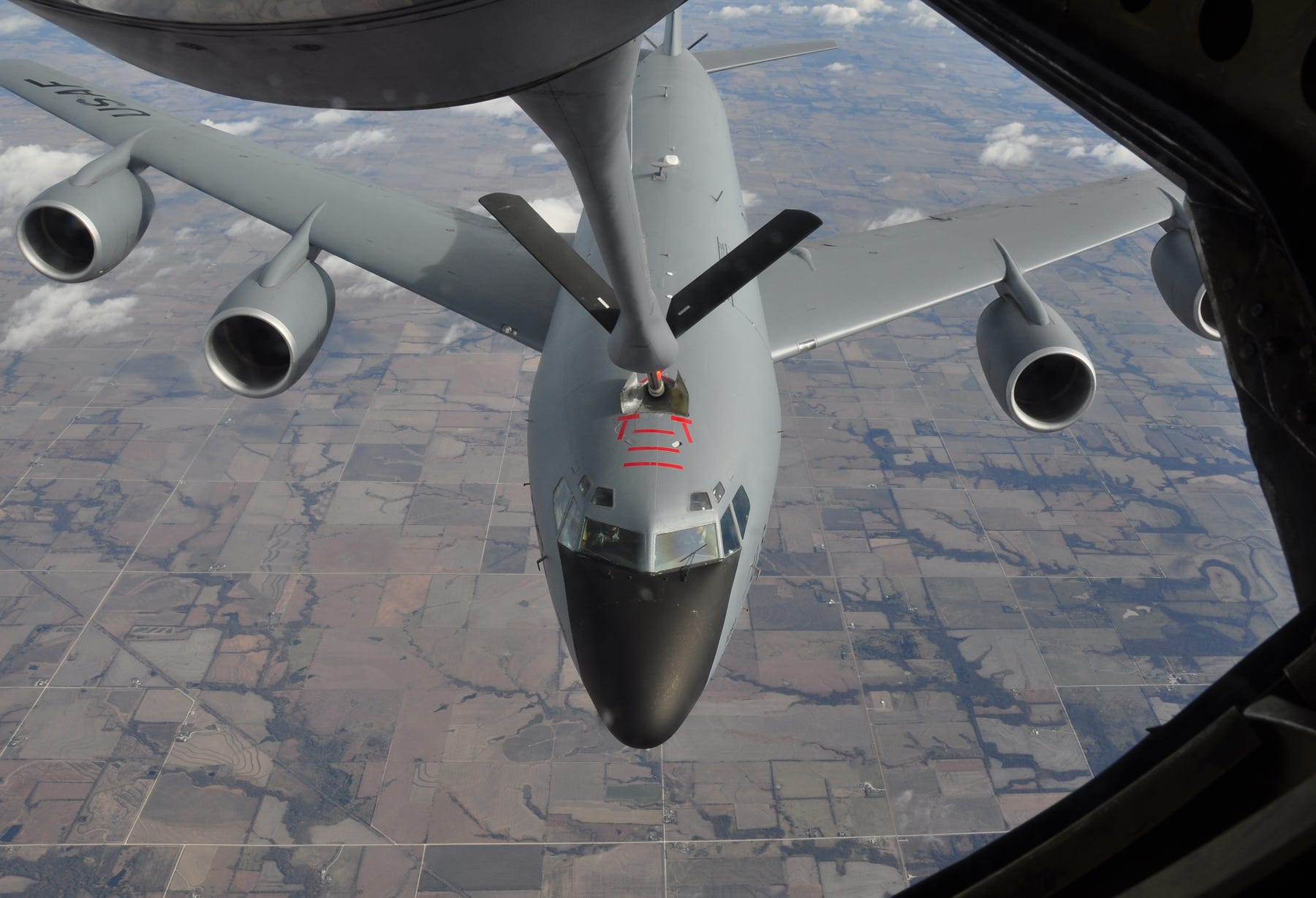March 27, 2015
The World Of 2020: According to DARPA – Underwater Robots…Zombie Pods Of The Deep, That Can ‘Sleep For Years,’ And, Other Robots That Can Fix Satellites In Space
Patrick Tucker, writing on the defense publication/website, DefenseOne.com, has an interesting article on a peek at the role that robots/drones may play as soon as the end of this decade — just five years away. The Defense Advanced Research Projects Agency, or DARPA, which is the Pentagon’s ‘Q-Shop,’ if you will from the James Bond movie series, is charged with essentially developing and finding new,and potentially disruptive technologies that will maintain, or enhance America’s technological edge on the battlefield; and, save money, and lives at the same time. One of DARPA’s main challenges is “to reduce the price of weapons and other gear, by creating new solutions to old problems — or “rethink complex military systems,” as DARPA’s Deputy Director Steven Walker puts it. “This week,” Mr. Tucker writes, “the agency highlighted potential solutions to this; and, other problems, describing the menagerie of magical technologies that are entering a new phase of research and development.”






















